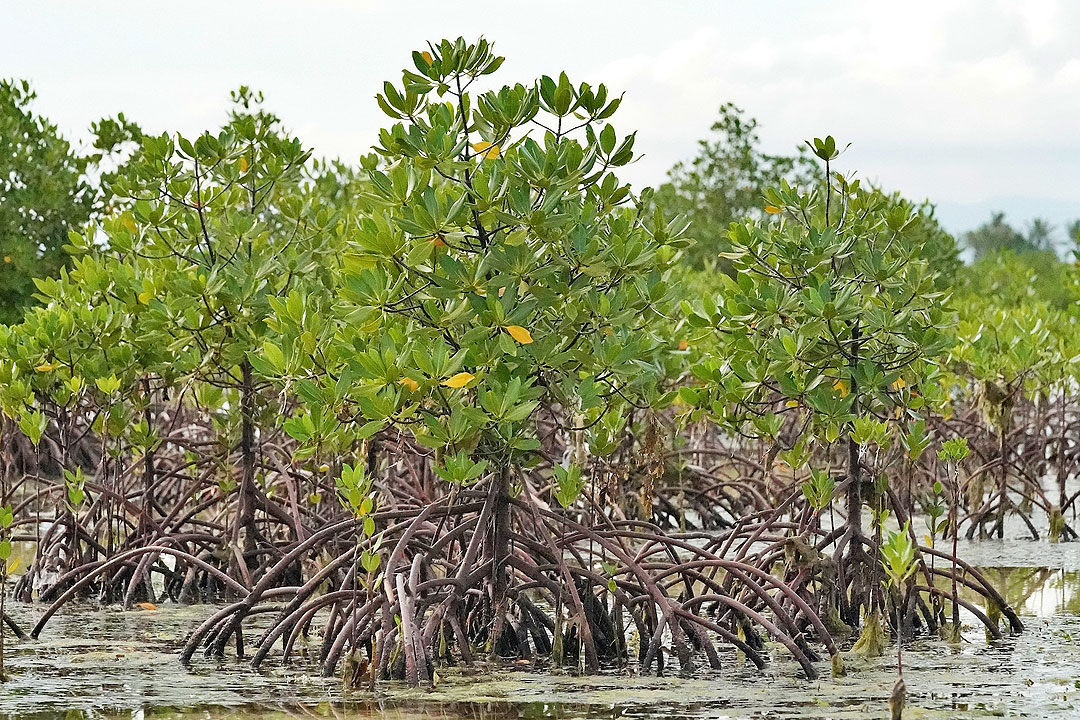DOTr promotes mangrove conservation, sustainable infra development

In a study by the University of the Philippines (UP) in January, the Philippines ranked second in Southeast Asia with 10.5% of mangroves lost.
“As a region vulnerable to natural disasters such as typhoons and tsunamis, restoration programs should be designed to adapt and mitigate climate change impacts,” the study said.
Mangrove conservation in infrastructure development is being pushed by the Department of Transportation (DOTr) as they promoted sustainable infrastructure development at the “Our Coastal Greenbelts, Our National Treasure” exhibit on July 16.

“Preserving mangroves not only protects infrastructure, but also supports local communities…and other economic activities that rely on healthy coastal ecosystems,” Transportation Secretary Jaime J. Bautista said.
To safeguard and conserve the mangroves nationwide, Mr. Bautista shared that environmental sustainability was among the strategies discussed in the Maritime Industry Development Plan (MIDP) for 2019 to 2028.
“With the rapid industrialization and the steady demand for maritime transport, it is but imperative and timely that governments regulate the shipping industry in accordance with environmental considerations,” the MIDP stated.
The DOTr added that the maritime blueprint aims to “establish a system that will lessen the effects of natural and man-made eventualities while preparing contingencies for the sector.”
By leading sustainable infrastructure development promotions in the country, Mr. Bautista encouraged collective efforts to protect the environment – especially its marine resources.
Despite the benefits of mangrove plantations, mangroves were often undervalued and severely threatened.
“These forests face a multitude of challenges from all fronts – Deforestation, land development, reclamation, pollution, conversion of mangroves to fishponds, on the one hand, and climate change and associated sea level rise on the other,” Oceana, a non-profit organization, said.
“Everyone has a stake in this. We are the biggest stakeholders in the endeavor. We share that responsibility for the sake of future generations,” Mr. Bautista said.
Based on the data released by the Forest Management Bureau of the Department of Environment and Natural Resources (DENR-FMB) of the Philippines, there are approximately 311,400 hectares of mangroves in the country as of 2020.
Mangroves and beach forests play a significant role in stabilizing climate because their carbon sequestration potential is larger than tropical forests, Oceana stated.
These trees also protect coastal communities from the devastating impacts of natural disasters. – Almira Louise S. Martinez



